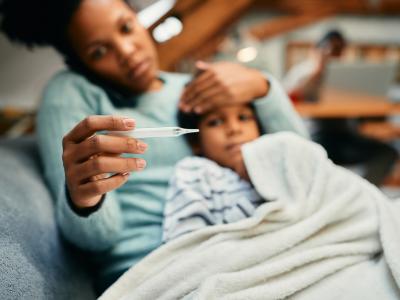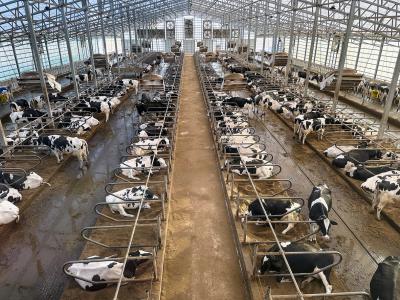A report today indicates that while there has been sustained progress on developing national action plans to address antimicrobial resistance (AMR), major gaps remain.
The report by the World Health Organization (WHO), the Food and Agriculture Organization of the United Nations (FAO), and the World Organization for Animal Health (OIE) evaluates countries' responses to a self-assessment survey on their efforts to address AMR in humans, animals, and the environment. The questions are based on the objectives of the Global Action Plan on AMR (GAP), which was established in 2015 by the three organizations. Under GAP, 194 countries agreed to develop national AMR action plans by 2017.
That goal has not yet been met, but progress is being made. Overall, 154 countries responded to the survey; of those, 93 (60.4%) have developed a national action plan, 51 (33.1%) say they are currently working on a plan, and 10 (6.5%) have made no progress. Fifty-nine countries have progressed to implementing their national action plans, and 40 have received government approval. In addition, the report notes that at least 7 countries that did not respond to the survey are known to have developed action plans.
However, countries have made less headway on creating multisector working groups that coordinate and oversee those action plans. These groups, which typically include experts in human health, animal health, food safety and production, and the environment, are seen as a critical element in the One Health approach to addressing AMR. Only 53 countries have functioning multisector AMR working groups; 77 have established working groups, but those groups aren't yet functioning. Twenty-three countries have no working group at all.
The report also found that countries with larger working groups (defined as including at least four sectors) appear to have made more progress toward several GAP objectives.
More action in the human sector
Overall, the report suggests that countries are doing a better job of developing policies on antimicrobial use and resistance in human health than they are in the animal, agriculture, and environment sectors. Survey responses shows that in almost all domains—surveillance, education, monitoring, and regulating consumption and use—more activity can be seen in the human sector.
"It is encouraging that most countries are developing multisectoral working groups, but action and investment is needed to ensure that non-human sectors progress faster," the report states. "The animal, agriculture, and environment sectors must be further engaged in AMR prevention efforts to ensure that a One Health approach can be pursued and so that the world can meet its AMR goals."
One of the strongest areas of action among responding countries has been in raising awareness about AMR's impact on human health. A total of 125 countries have created an AMR awareness campaign targeting all doctors, nurses, pharmacists, and the general public. In contrast, only 70 countries have created awareness campaigns for stakeholders in animal health and other non-human sectors, including plant health, food safety and production, and the environment.
That contrast is also reflected in surveillance efforts. More than two-thirds of responding countries (105) have established a surveillance system for common bacterial pathogens in humans that links patient information with susceptibility testing, with a national reference laboratory that participates in external quality assurance. On the non-human side, only 67 countries have surveillance systems for bacterial pathogens in the animal sector, while 60 conduct surveillance in the food sector. Most countries have no system in place for surveillance in the environment and plant sectors.
In terms of monitoring and regulating antimicrobial consumption, the report found 68 nations have a system for tracking human antibiotic use, which is considered critical for enabling the study of AMR interventions, and 123 countries have policies requiring a prescription for antibiotic use. Meanwhile, 62 countries said they were collecting data on antimicrobial use in animals, and 64 have limited the use of critically important antimicrobials for growth promotion in animals. That was a central recommendation of an October 2017 WHO report on antimicrobial use in food-producing animals.
One notable area of weakness was the lack of action on AMR in the environment. Only 10 countries reported having regulations that could limit the discharge of antimicrobial residues into the environment. This is a significant issue in countries like India and China, which are major hubs of antibiotic production.
The report also notes that while all countries have room for improvement, progress in developing and implementing AMR policies is greater in high-income than low-income countries, and many middle- and low-income nations may need long-term financial assistance to implement their plans effectively.
See also:
Jul 18 AMR global progress report

























